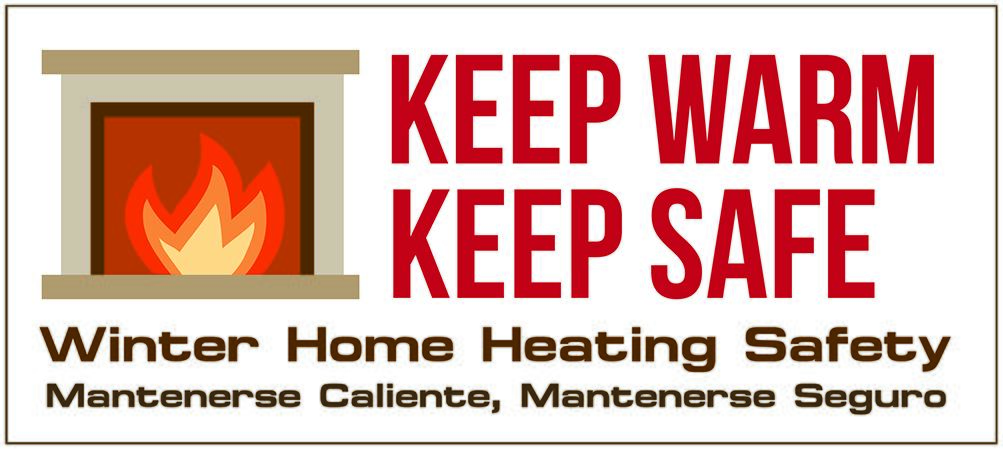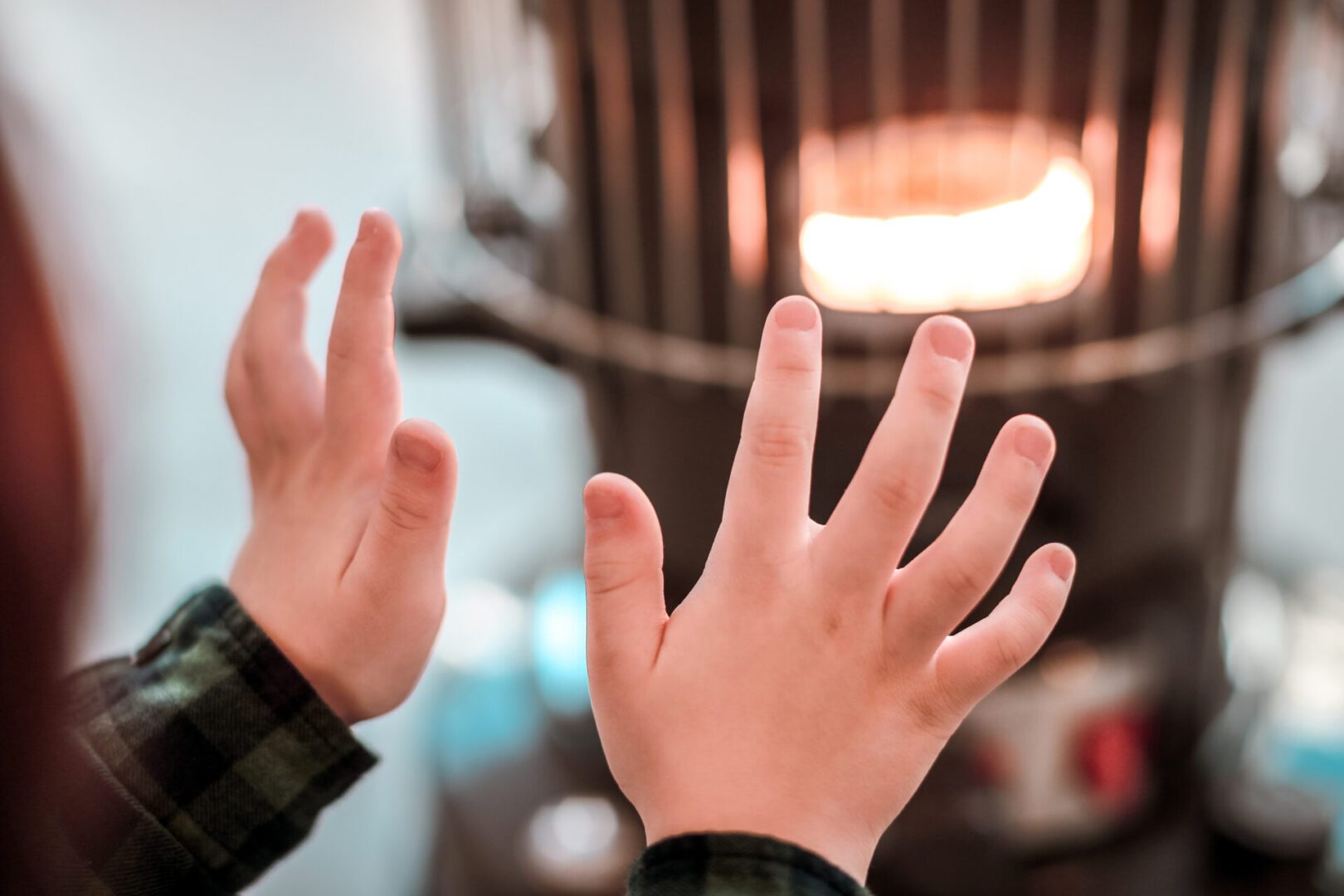When using a kerosene heater indoors, ensure proper ventilation to prevent harmful pollutants from affecting health. Avoid leaving the heater on overnight to prevent adverse health effects caused by its emissions.
Kerosene heaters are a popular heating option, especially in regions where temperatures drop significantly. However, it’s crucial to prioritize safety when using these heaters indoors, as they can emit pollutants like carbon monoxide, nitrogen dioxide, and sulfur dioxide. These substances pose risks, particularly to vulnerable individuals such as pregnant women, asthmatics, those with heart conditions, the elderly, and young children.
Proper ventilation is essential to minimize exposure to these harmful pollutants, and never leave a kerosene heater burning overnight or while sleeping. By following safety guidelines and using kerosene heaters responsibly, you can enjoy their warmth without compromising your well-being.


Credit: www.amazon.com
Understanding The Risks
Kerosene heaters may pose risks, emitting pollutants such as carbon monoxide, carbon dioxide, nitrogen dioxide, and sulfur dioxide. Pregnant women, asthmatics, individuals with cardiovascular disease, and young children are especially vulnerable. It is essential to ensure proper ventilation and avoid leaving a kerosene heater burning overnight for safety purposes.
Health Risks
Exposure to kerosene heaters can emit harmful pollutants like carbon monoxide and nitrogen dioxide. These pollutants can pose health risks, particularly to vulnerable groups such as pregnant women, asthmatics, and young children.
Fire Hazards
Leaving kerosene heaters unattended or burning overnight can increase the risk of fire hazards. Proper ventilation is crucial to prevent oxygen depletion and potential accidents.
Safety Measures
When using a kerosene heater, it is crucial to prioritize safety measures to prevent potential hazards. Below are essential safety measures to follow:
Proper Ventilation
- Ensure adequate ventilation where the kerosene heater is being used.
- Keep a window cracked open to allow fresh air to circulate.
- Use the heater in well-ventilated areas to prevent carbon monoxide buildup.
Use Of Carbon Monoxide Detectors
- Install carbon monoxide detectors in the vicinity of the kerosene heater.
- Regularly check and replace the batteries in the carbon monoxide detectors.
- Carbon monoxide detectors can help alert you to any dangerous levels of this odorless gas.
By adhering to these safety measures, you can reduce the risks associated with using a kerosene heater and ensure a safe environment for you and your family.
Best Practices For Indoor Use
When using kerosene heaters indoors, it’s crucial to follow best practices to ensure safety. Proper indoor usage not only prevents potential hazards but also promotes efficient heat distribution. Below, you’ll find essential guidelines for the limited usage and consistent breaks when using kerosene heaters indoors.
Limited Usage
Avoid prolonged operation: Limit the use of kerosene heaters to short periods, typically four hours or less. This practice reduces the buildup of harmful emissions and the risk of carbon monoxide exposure.
Consistent Breaks
Schedule regular breaks: After each use, allow the kerosene heater to cool down before refueling or operating it again. This practice helps maintain the proper function of the heater and minimizes the risk of overheating.
Ventilation: To ensure safe indoor use, it’s essential to provide adequate ventilation. Always operate the kerosene heater in a well-ventilated area, such as a room with open windows or a space with proper air circulation. This helps prevent the buildup of harmful gases and ensures a constant supply of fresh air.
Maintenance: Regularly inspect and maintain the kerosene heater according to the manufacturer’s guidelines. Keep the heater clean, replace worn parts, and address any issues promptly to ensure safe and efficient operation.

Credit: www.mutualbenefitgroup.com

Credit: www.facebook.com
Frequently Asked Questions For Kerosene Heater Safety
Are Kerosene Heaters Safe To Use Indoors?
Kerosene heaters can emit pollutants like carbon monoxide, carbon dioxide, nitrogen dioxide, and sulfur dioxide. Breathing these can be risky, especially for pregnant women, asthmatics, those with cardiovascular disease, the elderly, and young children. Heaters should never be left burning overnight or while sleeping.
Proper ventilation is key, with windows open or mechanical ventilation to bring in fresh air and remove pollutants. Use kerosene heaters indoors for limited periods of time with breaks in between. Install CO detectors near bedrooms and rooms closest to the heater.
Is It Safe To Leave A Kerosene Heater On All Night?
No, it is not safe to leave a kerosene heater on all night due to the potential health risks caused by pollutants emitted.
Can Fumes From A Kerosene Heater Be Harmful?
Fumes from a kerosene heater can be harmful due to pollutants like carbon monoxide and nitrogen dioxide. Proper ventilation is essential to prevent health risks.
Do You Need Ventilation When Using A Kerosene Heater?
Ensure proper ventilation when using a kerosene heater to prevent oxygen depletion and remove airborne pollutants. Open a window or use mechanical ventilation in small spaces to bring in fresh air.
Can Kerosene Heaters Be Safely Used Indoors?
Kerosene heaters can emit pollutants like carbon monoxide, carbon dioxide, nitrogen dioxide, and sulfur dioxide, which can be harmful, especially to vulnerable individuals.
Conclusion
To ensure and maintain a safe environment, it’s crucial to heed the precautions and guidelines for using kerosene heaters. Be mindful of potential harmful emissions, especially for vulnerable groups like pregnant women, asthmatics, and young children. Proper ventilation and regular breaks during usage are essential.
Always stay informed about kerosene heater safety to protect the well-being of yourself and your loved ones.
